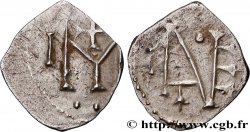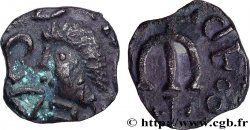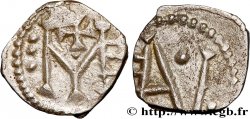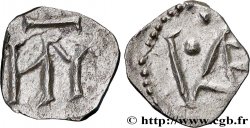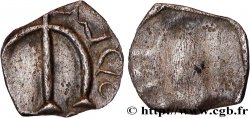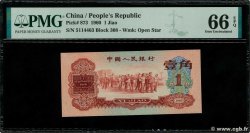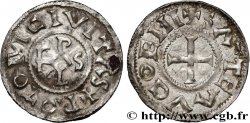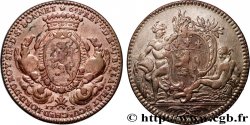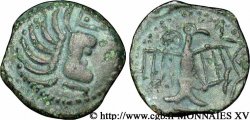You must signin and be an approved bidder to bid, LOGIN TO BID. Accounts are subject to approval and the approval process takes place within 48 hours. Do not wait until the day a sale closes to register. Clicking on "BID" constitutes acceptance of the terms of use of cgb.fr private live auctions.
Bids must be placed in whole Euro amounts only. The sale will start closing at the time stated on the item description; any bids received at the site after the closing time will not be executed. Transmission times may vary and bids could be rejected if you wait until the last second. For further information check the Live auction FAQ
All winning bids are subject to a 18% buyer’s fee.
All winning bids are subject to a 18% buyer’s fee.
| Estimate : | 800 € |
| Price : | 400 € |
| Maximum bid : | 400 € |
| End of the sale : | 05 September 2023 16:00:41 |
| bidders : | 1 bidder |
Type : Denier
Date: (VIIe-VIIIe siècles)
Date: s.m.
Mint name / Town : Melle (?)
Metal : silver
Diameter : 12 mm
Orientation dies : 4 h.
Weight : 0,84 g.
Rarity : INÉDIT
Coments on the condition:
Ce denier est frappé sur un flan large et irrégulier. Hauts reliefs. Patine grise de médaillier
Predigree :
Monnaie provenant de la collection Philippe Schiesser
Obverse
Obverse legend : LÉGENDE INDÉTERMINÉE.
Obverse description : Petite tête barbare à droite dans un grènetis.
Reverse
Reverse legend : ANÉPIGRAPHE.
Reverse description : Lettre E ou M croisetée, entouré de globules dans grènetis.
Commentary
Traditionnellement, ces deniers avec l’E croiseté au revers sont attribués à Paris, mais sans argument convaincant. Les analyses métalliques tendraient à prouver que ces monnaies ont été frappées avec de l’argent de Melle... et qu’elles proviendraient plutôt d’un atelier local. L’E croisetée serait alors une M croisetée.
Traditionally, these deniers with the crossed E on the reverse are attributed to Paris, but without convincing argument. Metallic analyses tend to prove that these coins were struck with silver from Melle... and that they would rather come from a local mint. The crossed E would then be a crossed M
Traditionally, these deniers with the crossed E on the reverse are attributed to Paris, but without convincing argument. Metallic analyses tend to prove that these coins were struck with silver from Melle... and that they would rather come from a local mint. The crossed E would then be a crossed M







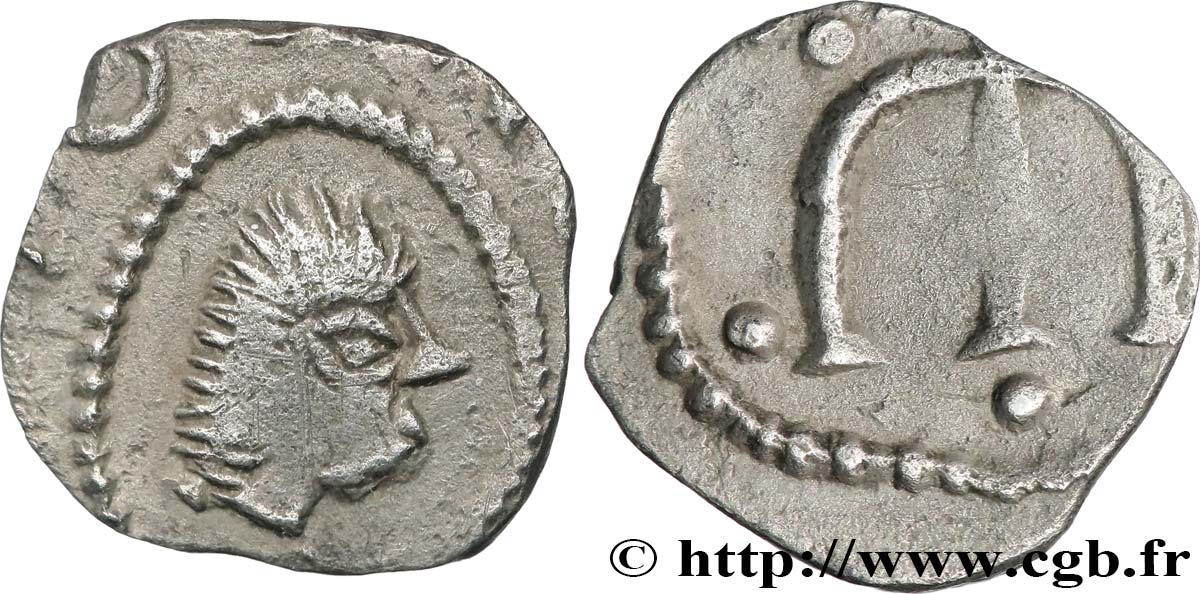
 Report a mistake
Report a mistake Print the page
Print the page Share my selection
Share my selection Ask a question
Ask a question Consign / sell
Consign / sell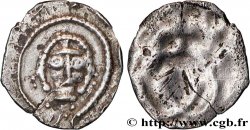
 Full data
Full data